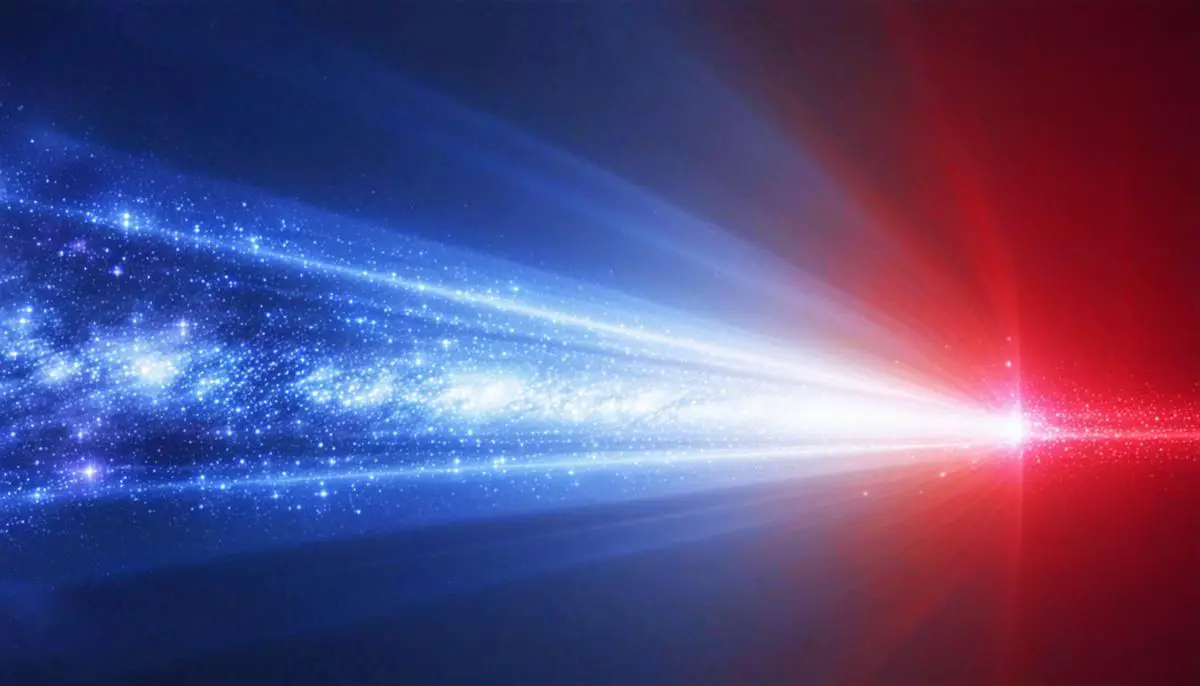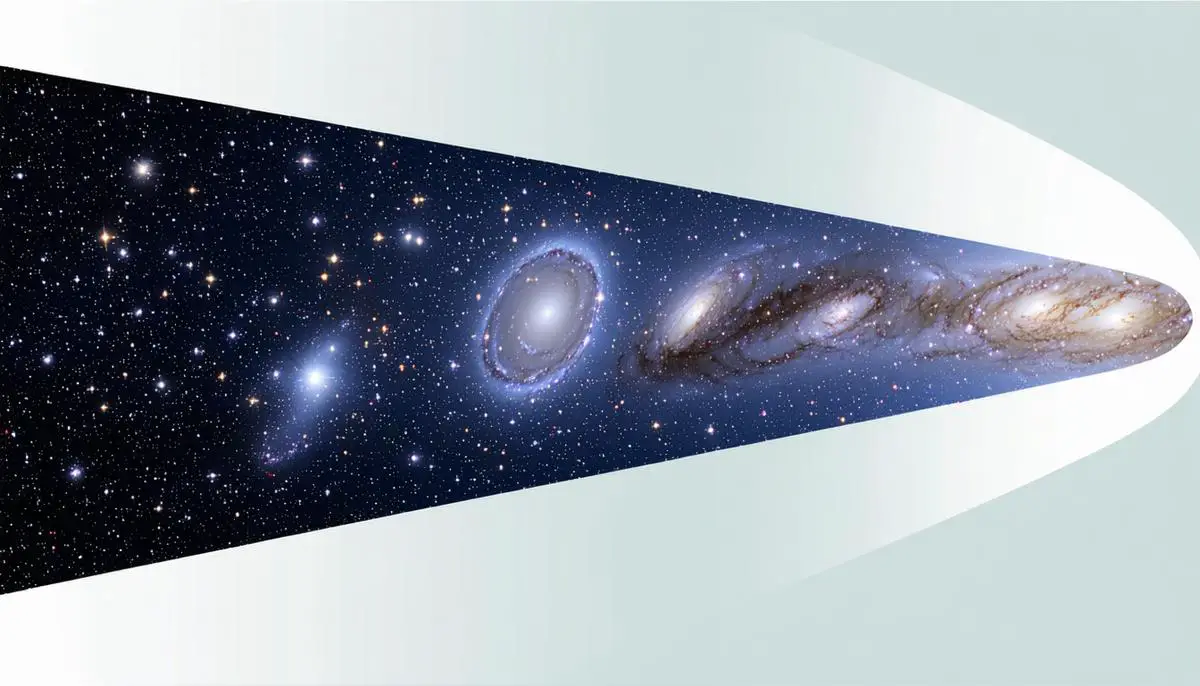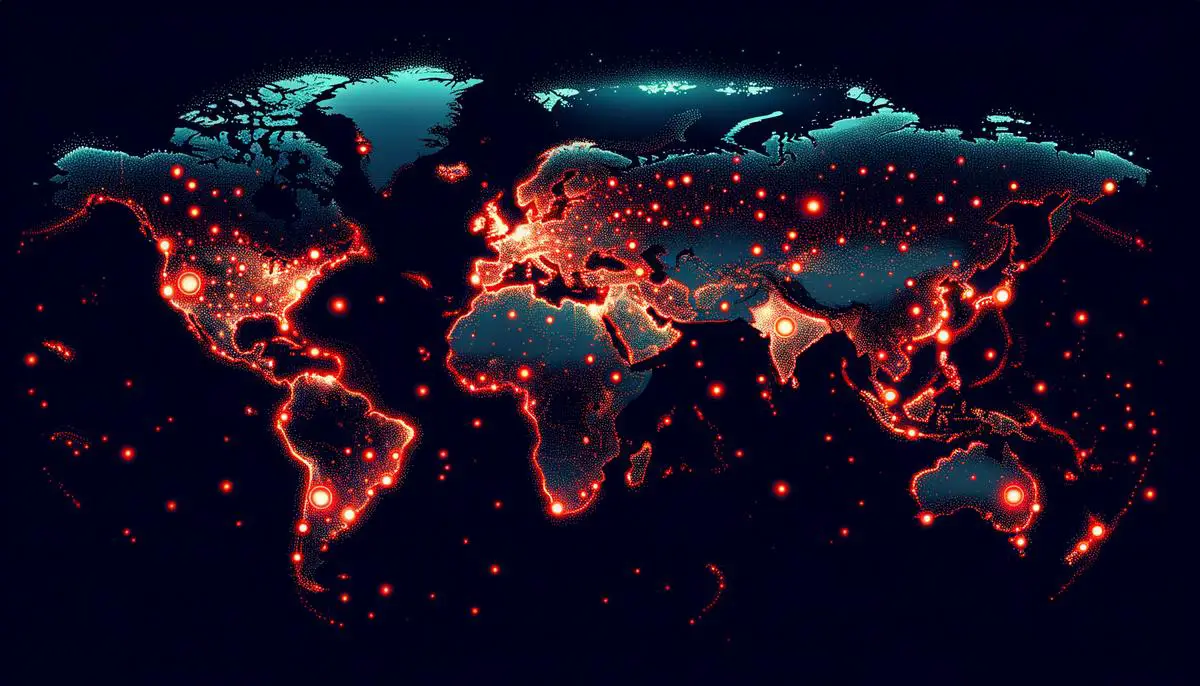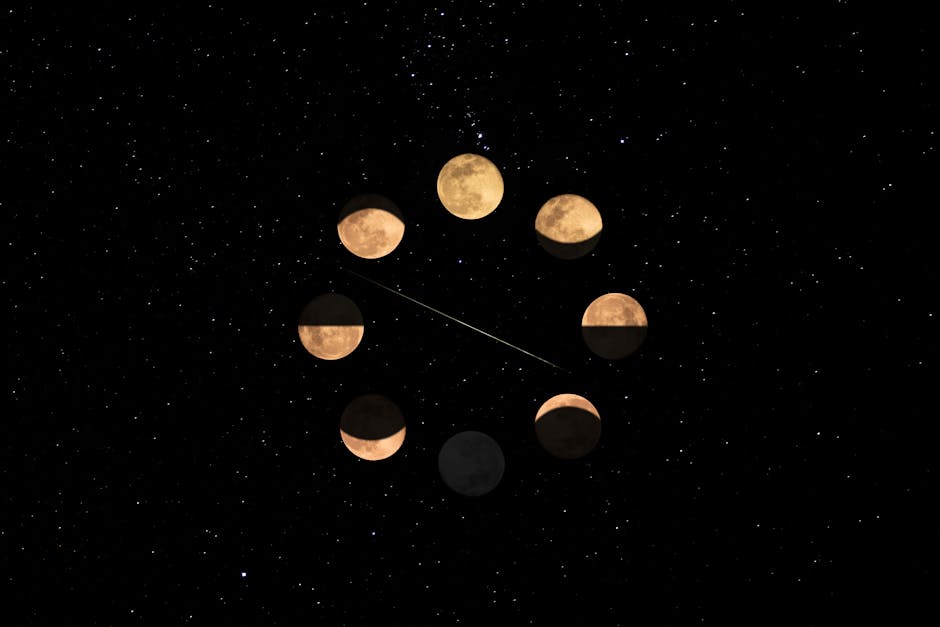Fundamentals of Redshift The concept of redshift is analogous to the Doppler effect observed with sound waves. When light travels towards an observer, the waves compress, shifting the color towards the blue end of the spectrum (blueshift). Conversely, when light sources move away, the waves stretch, shifting towards the red […]
![]()








